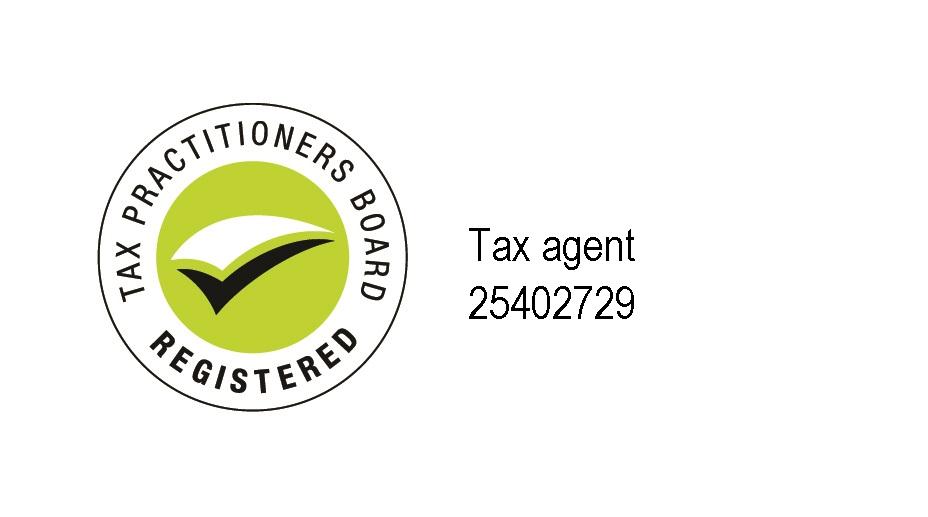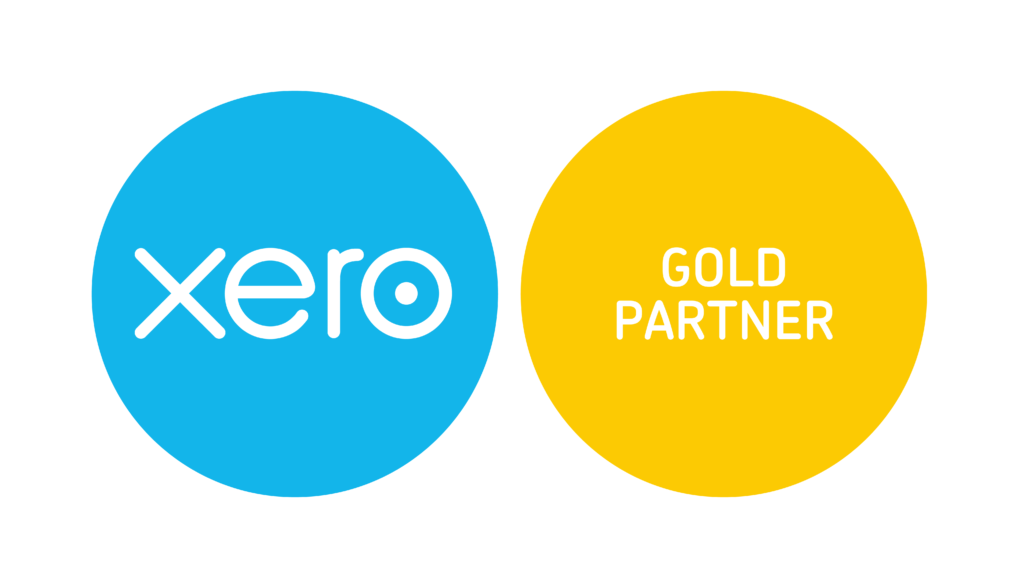Government Economic Stimulus Package for Business

The following is a broad summary of the key aspects of the Federal Government’s stimulus package in response to the Coronavirus, as recently announced and enacted.
These measures were implemented via various Bills introduced into Parliament, which very quickly received Royal Assent on 24 March 2020 (including the Coronavirus Economic Response Package Omnibus Bill 2020), so as to give effect to the Government’s stimulus package.
Cash Flow Assistance for Businesses
The Government is also providing cash flow assistance for eligible businesses in the form of two separate measures.
Boosting Cash Flow for Employers
Small and medium-sized businesses and not-for-profit entities, with an aggregated annual turnover of less than $50 million (usually based on their prior year’s turnover) that employ people, may be eligible to receive a total payment (in the form of a refundable credit) of up to $100,000 (with a minimum total payment of $20,000), based on their PAYG withholding obligations in two stages:
Stage 1 Payment (Credit)
Commencing with the lodgment of activity statements from 28 April 2020, eligible employers that withhold PAYG tax on their employees’ salary and wages will receive a tax-free payment equal to 100% of the amount withheld, up to a maximum of $50,000.
Eligible employers that pay salary and wages will receive a minimum (tax-free) payment of $10,000, even if they are not required to withhold PAYG tax.
The tax-free payment will broadly be calculated and paid by the ATO as an automatic credit to an employer, upon the lodgment of activity statements from 28 April 2020, with any resulting refund being paid to the employer. This means that:
- quarterly lodgers will be eligible to receive the payment for the quarters ending March 2020 and June 2020; and
- monthly lodgers will be eligible to receive the payment for the March 2020, April 2020, May 2020 and June 2020 lodgments.
Note that, the minimum payment of $10,000 will be applied to an entity’s first activity statement lodgment (whether for the month of March or the March quarter) from 28 April 2020.
Stage 2 Payment (Credit)
For employers that continue to be active, an additional (tax-free) payment will be available in respect of the June to October 2020 period, basically as follows:
- Quarterly lodgers will be eligible to receive the additional payment for the quarters ending June 2020 and September 2020, with each payment being equal to 50% of their total initial (or Stage 1) payment (up to a maximum of $50,000).
- Monthly lodgers will be eligible to receive the additional payment for the June 2020, July 2020, August 2020 and September 2020 activity statement lodgements, with each additional payment being equal to a quarter of their total initial (or Stage 1) payment (up to a maximum of $50,000).
Again, the ATO will automatically calculate and pay the additional (tax-free) payment as a credit to an employer upon the lodgment of their activity statements from July 2020, with any resulting refund being paid to the employer.
Wages Subsidies for Apprentices and Trainees
Employers with less than 20 full-time employees, who retain an apprentice or trainee (who was in training with the employer as at 1 March 2020) may be entitled to Government funded wage subsidies.
These will be equal to 50% of the apprentice’s or trainee’s wage paid during the nine months from 1 January 2020 to 30 September 2020.
The maximum wage subsidy over the nine-month period will be $21,000 per eligible apprentice or trainee.
Employers can register for the subsidy from early April 2020.
Increasing the Instant Write-off Threshold for Business Assets
Broadly, the depreciating asset instant asset write-off threshold will be increased from $30,000 (for businesses with an aggregated turnover of less than $50 million) to $150,000 (for businesses with an aggregated turnover of less than $500 million) until 30 June 2020.
The measure applies to both new and second-hand assets first used or installed ready for use in the period beginning on 12 March 2020 (i.e., the date on which this measure was announced) and ending on 30 June 2020.

Small Business Entities (‘SBEs’)
SBEs (defined as businesses with aggregated turnover of less than $10 million) will be able to claim an immediate deduction for depreciating assets that cost less than $150,000, provided the relevant asset is first acquired at or after 7.30 pm on 12 May 2015, by legal time in the ACT, and first used or installed ready for use on or after 12 March 2020, but before 1 July 2020.
Additionally, SBEs will also be able to claim an immediate deduction for the following:
- An amount included in the second element of the cost of (i.e., an improvement to) a depreciating asset that was first used or installed ready for use in a previous income year. The amount of the second element cost must be less than $150,000 and the cost must be incurred on or after 12 March 2020, but before 1 July 2020.
- If the balance of an entity’s general small business pool (excluding current year depreciation) is less than $150,000 at the end of the 2020 income year, a deduction can be claimed for this balance.
Medium Business Entities (‘MBEs’)
MBEs (defined as businesses with turnover of at least $10 million and less than $500 million) can immediately deduct the cost of an asset in an income year if the asset has a cost of less than $150,000 and it was first acquired in the period beginning at 7:30pm, by legal time in the ACT, on 2 April 2019 and ending on 30 June 2020, and the taxpayer starts to use or have the asset installed ready for use for a taxable purpose in the period beginning on 12 March 2020 and ending on 30 June 2020.
Additionally, MBEs can also claim a deduction for certain amounts included in the second element of the cost of a depreciating asset, where the amount of the second element cost is less than $150,000, and is incurred on or after 12 March 2020 but before 1 July 2020.
The threshold will generally be applied to the GST-exclusive cost of an eligible asset (i.e., assuming the relevant business is entitled to an input tax credit for any GST included in the acquisition cost).
Importantly, this increased threshold also continues to operate on a ‘per asset’ basis, which means that eligible businesses can immediately write-off multiple assets (as long as each of the assets individually satisfy the relevant eligibility criteria).
Currently, the instant asset write-off threshold is due to revert to $1,000 for small businesses (i.e., those with an aggregated turnover of less than $10 million) from 1 July 2020.
Accelerating Depreciation Deductions for New Assets
Broadly, a new time-limited 15-month investment incentive (available for eligible assets acquired from 12 March 2020 up until 30 June 2021) will also be introduced to accelerate certain depreciation deductions for businesses with an aggregated turnover below $500 million.
The amount that an eligible entity can deduct in the income year in which an eligible depreciating asset is first used or installed ready for use is:
- 50% of the cost (or adjustable value where applicable) of the asset; and
- the amount of the usual depreciation deduction that would otherwise apply (if it were calculated on the remaining cost of the asset).
Different rules will apply where an SBE is using the general small business pool (i.e., for assets not qualifying for the instant asset write-off). In this case, an SBE may deduct an amount equal to 57.5% (rather than 15%) of the business-use portion of the cost of an eligible depreciating asset in the year is it allocated to the pool.
Unless specifically excluded, an eligible asset is a new asset that can be depreciated under Division 40 of the ITAA 1997 (i.e., plant and equipment and specified intangible assets, such as patents), where the asset satisfies all of the following conditions:
- The asset is new and has not previously been held (and used or installed ready for use) by another entity (other than as trading stock or for testing and trialling purposes).
- No entity has claimed depreciation deductions (including under the instant asset write-off) in respect of the asset.
- The asset is first held, and first used or installed ready for use, for a taxable purpose, between 12 March 2020 and 30 June 2021 (inclusive).
Note that a depreciating asset is not an eligible asset where a commitment to acquire or construct the asset was entered into before 12 March 2020.
Please Note: Many of the comments in this publication are general in nature and anyone intending to apply the information to practical circumstances should call Semmens & Co for professional advice.
If you have any questions or need advice and clarity specific to your business circumstances, feel free to contact Semmens & Co on 03 8320 0320 for a free consultation.







